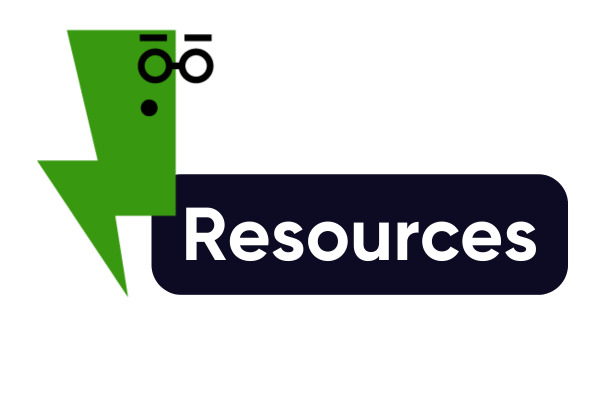Add words to what your child says
This advice page and video include information about how typically developing children learn to communicate. For information about children who might learn to communicate in other ways, see the links at the end of the page.
How do children learn to communicate?
Children learn to communicate in different ways. In typical development, babies first start communicating by looking, doing actions or gestures like reaching or pointing, and making sounds.
Typically developing children often learn to say single words before they talk in longer phrases or sentences. Children’s first words are usually words from their everyday life, such as ‘ball’, ‘Mummy’, ‘Daddy’ or ‘sock’.
Once they can say lots of single words, many children will then start putting two words together such as ‘more juice’ or ‘Daddy’s sock’. As they get more practice, children add more words and start talking in longer phrases and sentences.
We know that all children are different, so not all children will learn to talk in exactly this way. Watch your child and be curious about how they learn new words and phrases.
How can I help my child move onto the next stage of their talking?
Sometimes, children need a little help to move on to the next stage of their talking. We’ve included some ideas for how to help them with this below.
You can help your child use longer sentences by adding a word or two to what they say.
When your child is talking to you, repeat it back, and add a word or two. For example, if your child says, ‘doggy’, you could say, ‘yes, doggy’s sleeping’. If your child says ‘I got teddy’, you could say ‘Yes, you’ve got a fluffy teddy!’.
It’s normal for young children to make some mistakes when they’re learning to talk. Don’t correct your child’s mistakes because this may discourage them from having a go in future. Instead, you can help by simply repeating it back the right way.
For example, if your child says, ‘I runned’, you could say, ‘yes, you ran very fast’.
Children learn from listening, so don’t worry if your child doesn’t repeat after you. They will have a go when they are ready. It’s best if you repeat and add at word or two, and then wait to see if they say something back. If they don’t, move on and try again next time!
What else can I do to help my child’s communication skills?
For more ideas to develop your child’s communication skills, have a look at our advice pages on:

